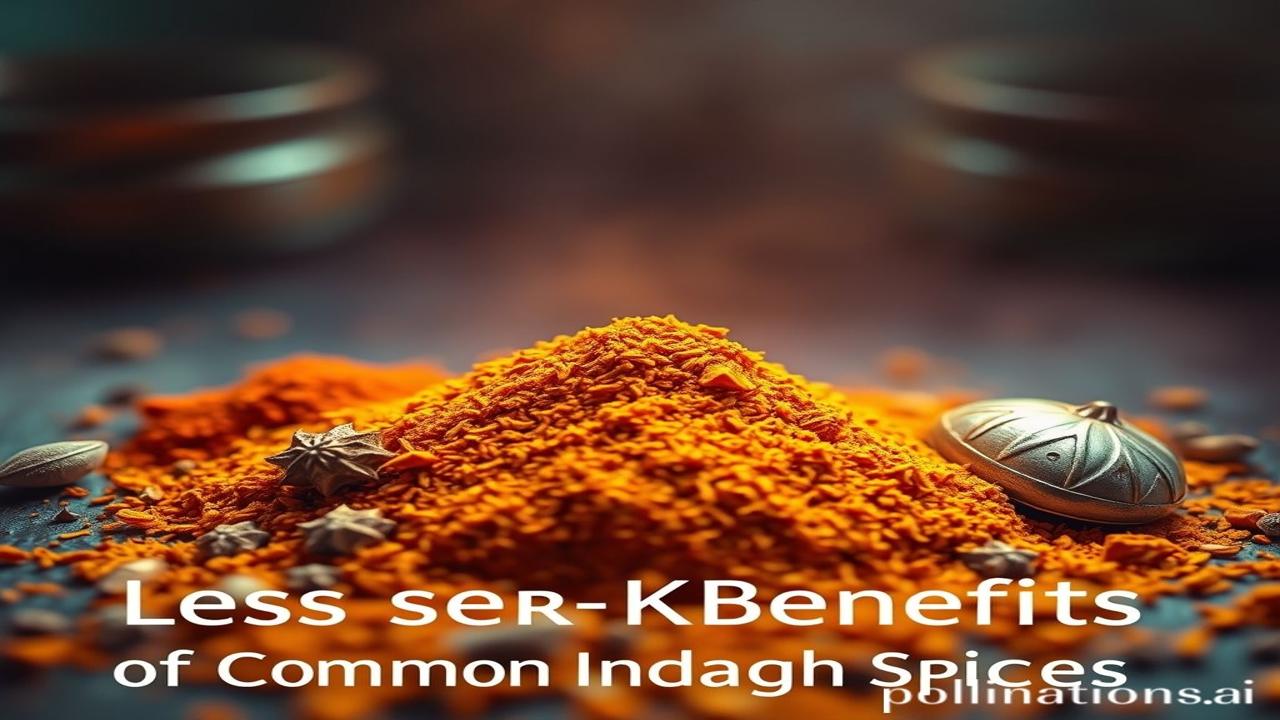Khushboo Kahaniyon Ki: Unveiling the Lesser-Known Magic of Indian Spices
Kabhi socha hai, jab hum garam masala ki dibbi kholte hain, toh sirf khushboo nahi, ek poori duniya kholte hain? Ek aisi duniya jo hamare purvajon ne banayi, sikhayi, aur hamesha ke liye hamari ragon mein basa di. These spices, they’re not just ingredients; they are whispers from the past, secrets guarded in clay pots, and the soul of Indian cooking. Chaliye, aaj kuch aisi hi anjaan, lekin kamaal ki kahaniyon ko dhundhte hain.
Spices: More Than Just Taste – A Journey Through Time
What exactly are these spices that have shaped civilizations? Well, they are dried seeds, fruits, roots, barks, or vegetable substances primarily used for flavoring, coloring, or preserving food.
Origin and Importance: Think back to around 3000 BCE. The Indus Valley Civilization. Imagine cities like Mohenjo-daro and Harappa, bustling with trade routes. Indians were already using spices like turmeric, cardamom, and mustard seeds not just for cooking but also for medicinal purposes. Egyptians used Indian spices for embalming, and the Romans craved them so much they were willing to pay exorbitant prices. Spices were more valuable than gold!
Why are they important? Because they fueled explorations, wars, and the rise and fall of empires. The spice trade routes were the internet of their time, connecting cultures and changing the world. They’re woven into the very fabric of our history, culture, and identity.
Zameeni Sach: Spices in Everyday Life – A Glimpse into the Past
Picture this: Ma Janki, living in a small village near the spice-rich Malabar Coast around 1600 CE. Her day begins before sunrise. She carefully grinds fresh turmeric root on a stone mortar, the rhythmic sound a comforting constant in her life. Turmeric is not just for the dal, it’s for healing wounds, for protecting her family from evil spirits, and for preparing her daughter for her wedding ceremony.
“Janki,” her husband calls from the field, “Aaj ki fasal kaisi hai?”
“Bhagwan ki daya se achi hai,” she replies, “Lekin kal bazaar jaana hoga, kuch long (cloves) aur elaichi (cardamom) khatam ho gaye hain. Panditji ko bhi puja ke liye chahiye.”
For Janki, spices are life. They are medicine, religion, and a source of livelihood. They are the silent witnesses to her joys and sorrows, her hopes and dreams.
Imagine Raja Bhoj’s royal kitchens in 11th century Dhara. Master chefs meticulously blend saffron, nutmeg, and sandalwood powder to create elaborate dishes for the emperor and his guests. These spices are a symbol of wealth, power, and sophistication. Each spice is meticulously sourced from distant lands.
These scenes were not mere fancies; they were the everyday reality for countless people in ancient and medieval India.
Dharohar Aur Pehchan: Echoes of the Past in Modern India
Today, the aroma of spices still permeates Indian life. From the humble street food stalls to the grandest restaurants, spices are the defining feature of our cuisine. They are present in our rituals, our festivals, and our art.
- Haldi ceremony: The application of turmeric paste during weddings is a powerful symbol of purity, prosperity, and new beginnings.
- Ayurveda: Spices like ginger, cumin, and fenugreek are used in Ayurvedic treatments for their healing properties.
- Regional cuisines: Each region of India boasts a unique spice blend that reflects its geography, climate, and cultural heritage.
The spices that once fueled empires now define Bharatiyata. They are a vital ingredient of our modern identity, connecting us to our rich past and shaping our future.
Majedar Tathya: Spice Myths Debunked!
Myth: Mirchi (Chillies) are native to India.
Truth: While chillies are integral to Indian cuisine today, they were brought to India by the Portuguese in the 16th century from the Americas! Before that, Indians primarily used black pepper for heat.
Myth: Saffron is just for rich people.
Truth: While saffron is undoubtedly expensive, a little goes a long way. And historically, saffron wasn’t just for the wealthy. It was used in rituals and Ayurvedic medicines, accessible to a wider range of society.
Drishya Aur Bhavnaye: Spice-Filled Sensory Experience
Picture a bustling spice market in Kerala. The air is thick with the fragrance of cardamom, cloves, cinnamon, and ginger. Vendors shout their wares, their voices competing with the honking of auto-rickshaws. The ground is covered in a kaleidoscope of colors – red chillies, yellow turmeric, brown coriander seeds, and green cardamom pods. The taste of chai laced with ginger and cardamom is an experience you never forget. The feel of rough burlap sacks filled with fragrant spices against your skin. This is the India of sensory overload, the India of spices.
Antim Vichar:
“Masale toh sirf swad nahi, sanskriti hain. Woh kahaniyan hain jo peedhiyon se chalti aa rahi hain.” (Spices are not just taste, they are culture. They are stories that have been passed down through generations.) Just as a single spice can transform a dish, understanding their history and significance can transform our understanding of India. So, next time you add a pinch of turmeric to your dal or a dash of cinnamon to your chai, remember the journey of that spice – the journey of India itself.
